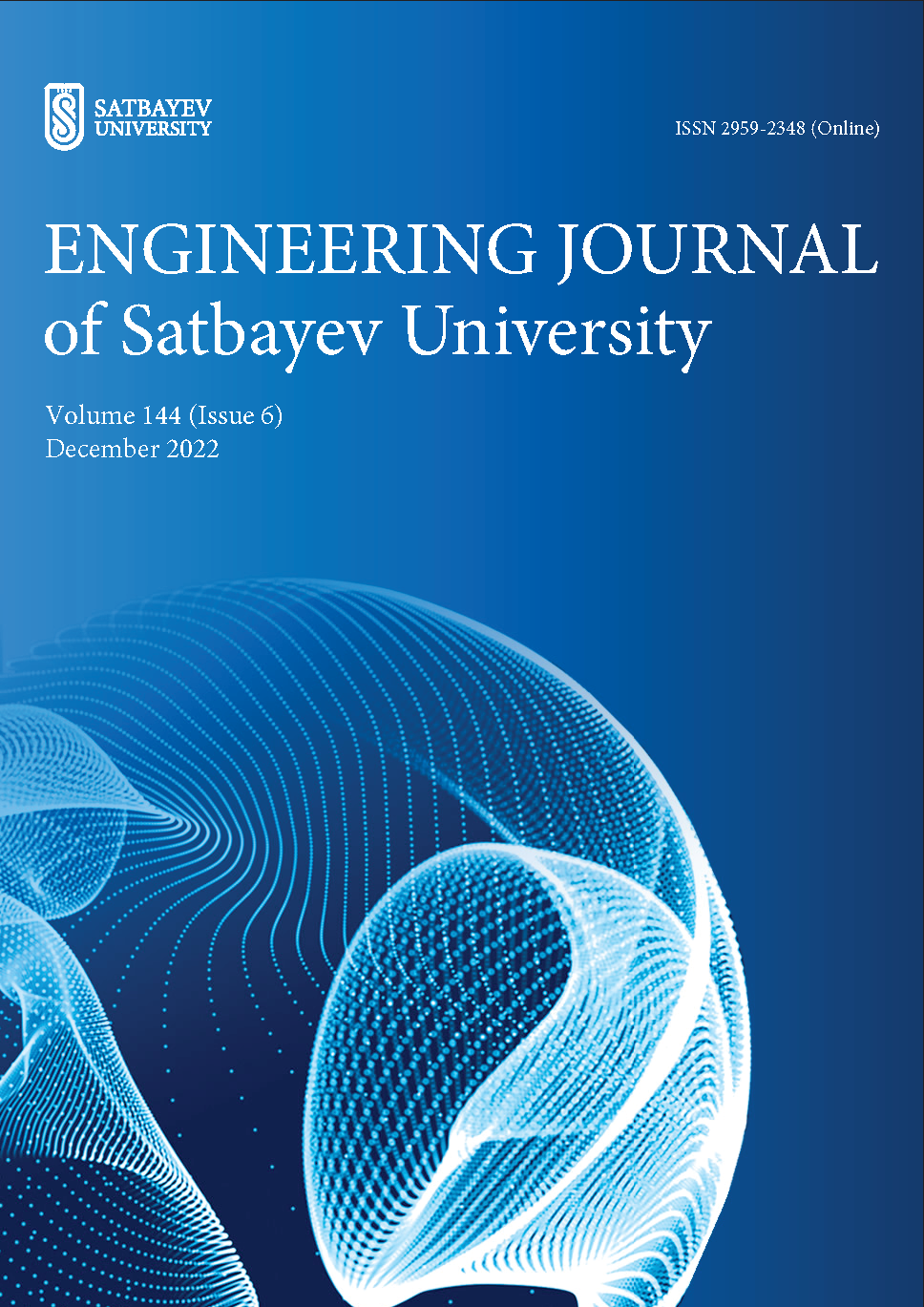Processing of metal fraction by chlorination
DOI:
https://doi.org/10.51301/ejsu.2022.i6.01Keywords:
dross, zinc, zinc oxide, calcium chloride, ammonium chloride, Gibbs energy, temperature, consumption of reagents, impuri-tiesAbstract
The growth in the capacity of enterprises for hot-dip galvanizing of steel products has led to the formation of large volumes of waste, which accumulate and store, occupying large areas. Further use and processing of ash is constrained by the increased content of Pb, Fe, Cu and other impurities in it, as well as the lack of rational processing technology. In this work, based on the thermodynamic analysis of the reactions of interaction of impurity metals with chlorinating reagents (CaCl2, NH4Cl), the possibility of obtaining pure zinc in the process of melting the metal component of the ash is shown. It has been established that the values of the Gibbs free energy (∆G°T) of the reactions of interaction of metal-impurities with ammonium chloride in the temperature range 400...550°С are four times higher than the values of ∆G°T of the reactions of interaction of metal-impurities with calcium chloride. It is shown that the use of NH4Cl as a chlorinating reagent destroys the zinc oxide film covering the surface of small drops of metallic zinc and creates favorable conditions for their enlargement. This increases the yield of zinc to the liquid metal. The influence of the consumption of CaCl2 and NH4Cl on the sublimation of lead and iron from a metallic liquid bath of zinc in the form of chlorides has been studied. It was found that when the metal component is melted together with a consumption of 2% NH4Cl based on the weight of the initial sample, the minimum content of lead and iron in liquid zinc is achieved: 0.06% Pb and 0.01% Fe. The optimal technological parameters for melting the metal component of the ash together with NH4Cl were determined: temperature of experiments 450°С; melting time 60 min; consumption of NH4Cl - 2.0% of the weight of the original sample.
Downloads
Published
How to Cite
Issue
Section
License
Copyright (c) 2022 Engineering Journal of Satbayev University

This work is licensed under a Creative Commons Attribution-NonCommercial-NoDerivatives 4.0 International License.
<div class="pkpfooter-son">
<a rel="license" href="http://creativecommons.org/licenses/by-nc/4.0/"><img alt="Creative Commons License" style="border-width:0" src="https://i.creativecommons.org/l/by-nc/4.0/80x15.png"></a><br>This work is licensed under a <a rel="license" href="http://creativecommons.org/licenses/by-nc/4.0/">Creative Commons Attribution-NonCommercial 4.0 International License</a>.
</div>





